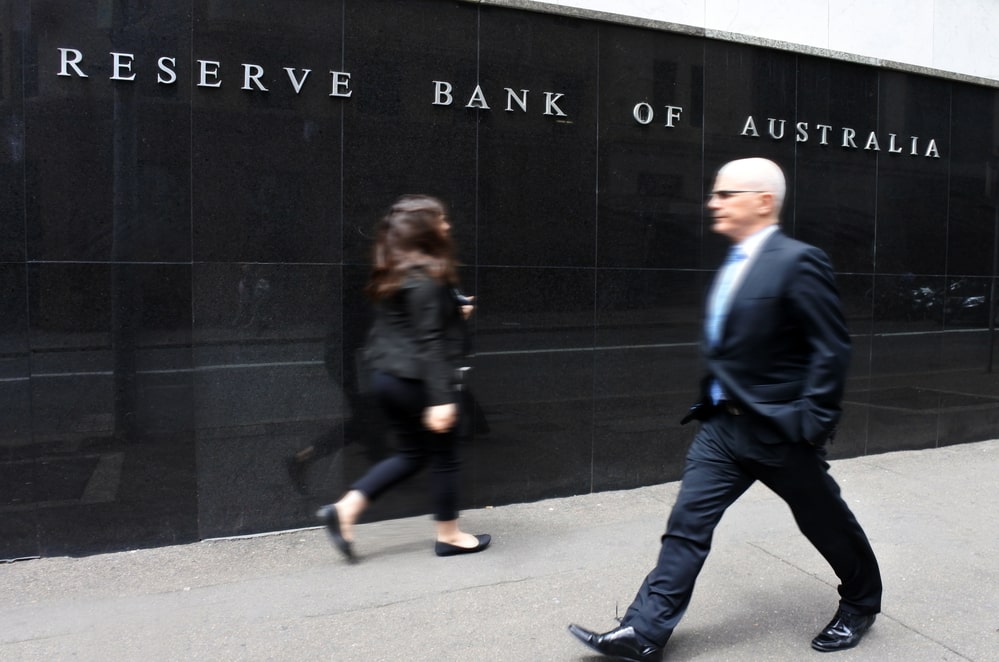
Economics & Growth | Monetary Policy & Inflation | Rates

Economics & Growth | Monetary Policy & Inflation | Rates
This article is only available to Macro Hive subscribers. Sign-up to receive world-class macro analysis with a daily curated newsletter, podcast, original content from award-winning researchers, cross market strategy, equity insights, trade ideas, crypto flow frameworks, academic paper summaries, explanation and analysis of market-moving events, community investor chat room, and more.
The RBA hiked the policy rate by 25bp to 4.1%, (as we had cautioned was a risk), their twelfth hike of the cycle. Their attitude was hawkish – we expect it will remain so through summer.
Since the RBA Review, and confirmed in the statement, our suspicion has been that the RBA has been forced to concentrate on the probability of hitting their 2025 inflation forecast. Going forward, even if inflation was to follow a historical norm, inflation would overshoot its target. It means the forecast remains at risk (Chart 1). Moreover, while services showed a sliver of hope in the April CPI release, the monthly release was thin of data. So, weakening momentum may provide short-lived. Next month’s outturn will be a better guide.
The only upside is that inflation expectations continue to fall (Charts 2 and 3). However, as highlighted in the statement, any stall in the progress would ring alarm bells amongst the RBA.

The labour market remains close to its tightest levels on record post-Covid (Chart 4). And while conditions have eased, it is far from a stark weakening. The unemployment rate is running close to the RBA’s forecast while losses recorded in employment in April may prove temporary – weaker outturns have been followed by stronger ones as of late – allowing YoY growth to rise once more (Charts 5 and 6). Meanwhile, survey data – which makes up our unemployment index and which the RBA turns to for forward-looking signals on the labour market – has yet to signal a forthcoming weakening (Chart 7).

Wages growth has picked up and the minimum wage agreement has the RBA on the back foot (Chart 8). This has come amid record productivity growth weakness driven by both an underperforming economy (on a real basis) and an unexpected gain in hours worked (Charts 9 and 10). As a result, wage growth with current productivity growth is inconsistent with the inflation target. It means the economy must grow faster than the number of hours worked – which was the case historically (Chart 11).

Above all, the RBA want to bring inflation back to target while keeping the economy on an even keel. However, the RBA are concerned about the outlook for household consumption – we think household consumption will weaken into year-end and through Q1 2024. This will bring a limit to future RBA hawkishness. Meanwhile, a Freedom of Information release (RBAFOI-222342) we previously discussed found that a 4.85% terminal rate would take the labour market to NAIRU and would narrowly avoid a recession. It means 4.85% is the realistic cap for the hiking cycle to keep a recession off the cards. That is only three hikes away.
The RBA delivered a hawkish 25bp hike. If the backdrop continues to suggest the RBA will fail to bring inflation back to target within a reasonable timeframe, then there remains a risk of further RBA hikes. However, given the strong chance for data to worsen into year-end, we see limited capacity for the RBA to hike post-summer, as such we would look to fade any additional hawkishness (via receiving AUD 2Y OIS) that may emerge over the summer.
Spring sale - Prime Membership only £3 for 3 months! Get trade ideas and macro insights now
Your subscription has been successfully canceled.
Discount Applied - Your subscription has now updated with Coupon and from next payment Discount will be applied.